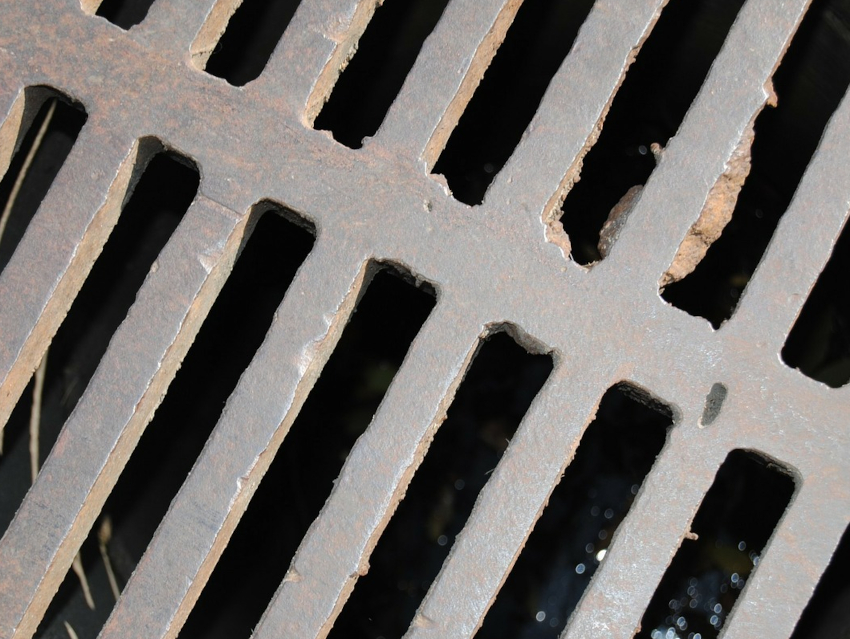Monitoring the levels of SARS-CoV-2 RNA in wastewater provides a way to monitor the spread of COVID-19 in a community. However, microbial biofilms can form in sewage pipes, and potentially “trap” RNA viruses. However, it had so far been unknown how such biofilms interact with SARS-CoV-2 viral particles or viral RNA from wastewater.
Nicole L. Fahrenfeld, Rutgers, The State University of New Jersey, Piscataway, USA, and colleagues have investigated whether biofilms can incorporate SARS-CoV-2 RNA from untreated wastewater, taking samples during times of low and high COVID-19 incidence. To grow a simulated “sewer slime”, the researchers pumped raw wastewater from New Jersey, USA, through a tank with removable pieces of polyvinyl chloride (PVC) inside. They conducted two 28-day experiments, removing PVC plates every few days to assess the composition of the resulting biofilm. The team used a reverse transcription quantitative polymerase chain reaction (RT-qPCR) to measure the abundance of SARS-CoV-2 RNA and pepper mottle virus (an indicator of human feces) RNA, both in the wastewater and the biofilms.
In August and September of 2020, levels of SARS-CoV-2 RNA were too low to accurately measure in both the biofilms and the wastewater. These results coincided with a low incidence of COVID-19 infections in the region at that time. During November and December of 2020, SARS-CoV-2 RNA levels in the biofilm increased, even though wastewater concentrations were still low. The amount of pepper mottle virus RNA plateaued within the first week of growth, indicating that the rise of SARS-CoV-2 RNA levels in the biofilm was not due to a boost in fecal volume. Instead, this change reflected the higher number of diagnosed COVID-19 cases in late fall.
According to the team, more work is needed to understand the exact dynamics of SARS-CoV-2 RNA in sewer biofilms and how they could impact wastewater epidemiology studies. The RNA could decompose, or it could be released into wastewater later on when the biofilms break apart, and thus, be evidence of past COVID-19 infections instead of current ones. It is also not clear yet whether possible viable virus particles in sewers could pose a risk to sewer utility workers.
- Accumulation of SARS-CoV-2 RNA in Sewer Biofilms,
William R. Morales Medina, Stephanie D’Elia, Nicole L. Fahrenfeld,
ACS EST Water 2022.
https://doi.org/10.1021/acsestwater.1c00345
Also of Interest
- Collection: SARS-CoV-2 Virus
What we know about the new coronavirus and COVID-19




